From Hawaii and Mexico to Indonesia, Ecuador, Australia, and countless other tropical locations, millions of snorkelers and scuba divers take the plunge every year to spot some of the fanciful tropical fish that grace the waters of our world.
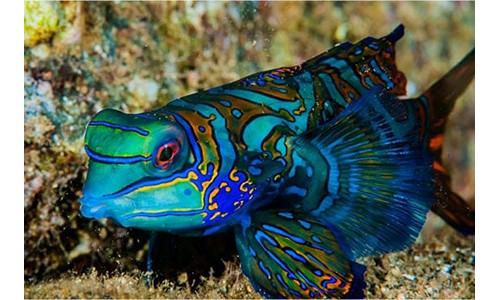
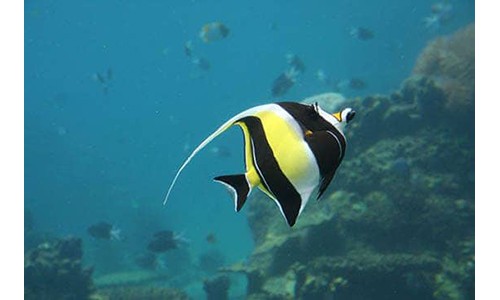
With thousands of species, each more beautiful than the last, tropical fish are a study in vibrant colors and amazing patterns. And they’re not just pretty! Your students will enjoy learning some fun facts about tropical fish.
Tropical Fish Facts
- Tropical fish don’t have vocal cords but can “talk” to each other through groans, grunts, whistles, wails, and other unique sounds made by pressing their muscles against their swim bladders (the part that keeps them afloat) or by grinding their teeth together.
- There can be millions of fish in a single school—just imagine the line at the cafeteria! Fish form schools to protect themselves from predators, hunt more efficiently, and swim more easily. They stay in their spot using their “lateral line,” which helps them detect vibrations in the water.
- A fully grown electric eel can discharge up to 600 volts, five times more than a standard US wall socket.
- Tropical fish have taste buds all over their bodies. Catfish have over 100,000 taste buds each!
- Fish need oxygen, too, so the water they’re swimming in must have enough to sustain them.
- Scientists have identified about 50 species of Rainbow Fish, though many are extremely rare. Rainbow Fish are omnivores, so they’ll eat almost anything but prefer mosquito larvae, bloodworms, and shrimp.
- Millions of undiscovered species live in our oceans, just waiting to be found and studied by future scientists—maybe even some of your students!
Turn your classroom into an undersea grotto, including colorful tropical fish, without the hassle of taking care of an aquarium! Our Fanciful Fish project is a great cross-curricular art and science activity. Students study a variety of tropical fish, then cut, color, and stuff one of their own using vibrant crayons, colored pencils, and Crayola® Window Crayons on black paper.
View the Fanciful Fish complete lesson plan for this project, including step-by-step directions and a materials list. Suitable for grades 3-6.

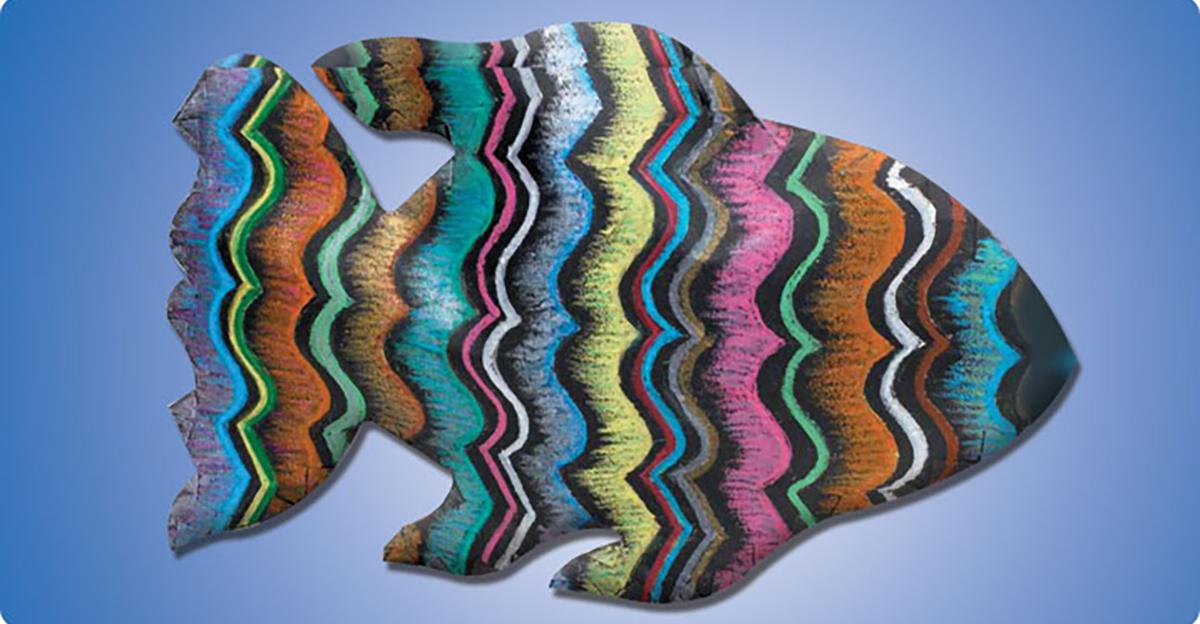
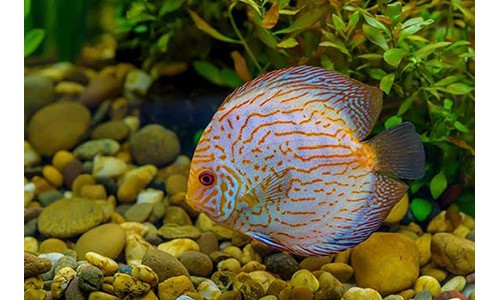
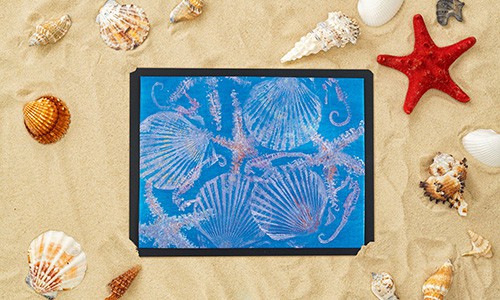
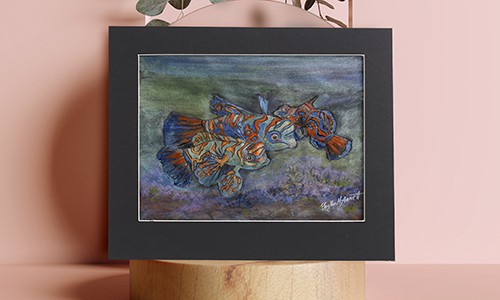
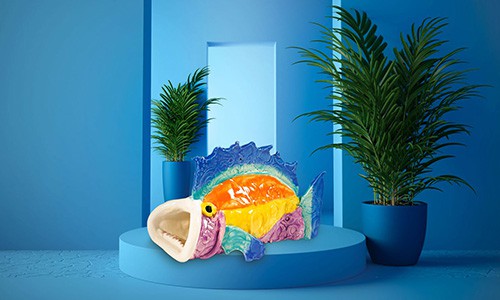


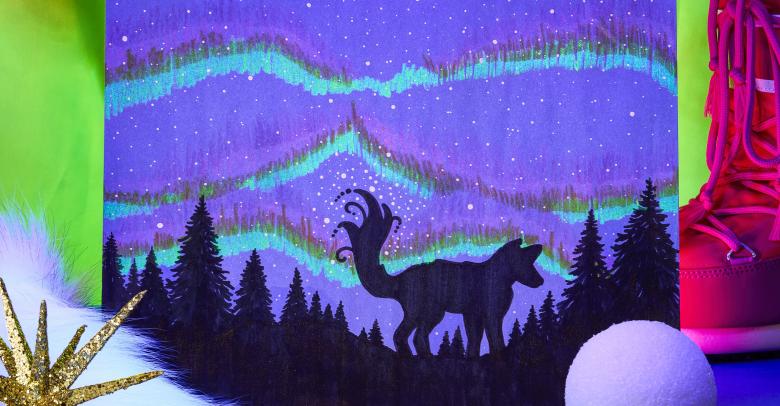
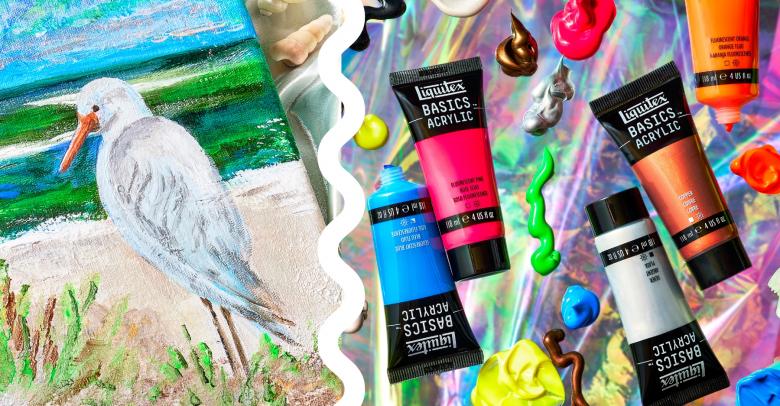
Leave a Reply